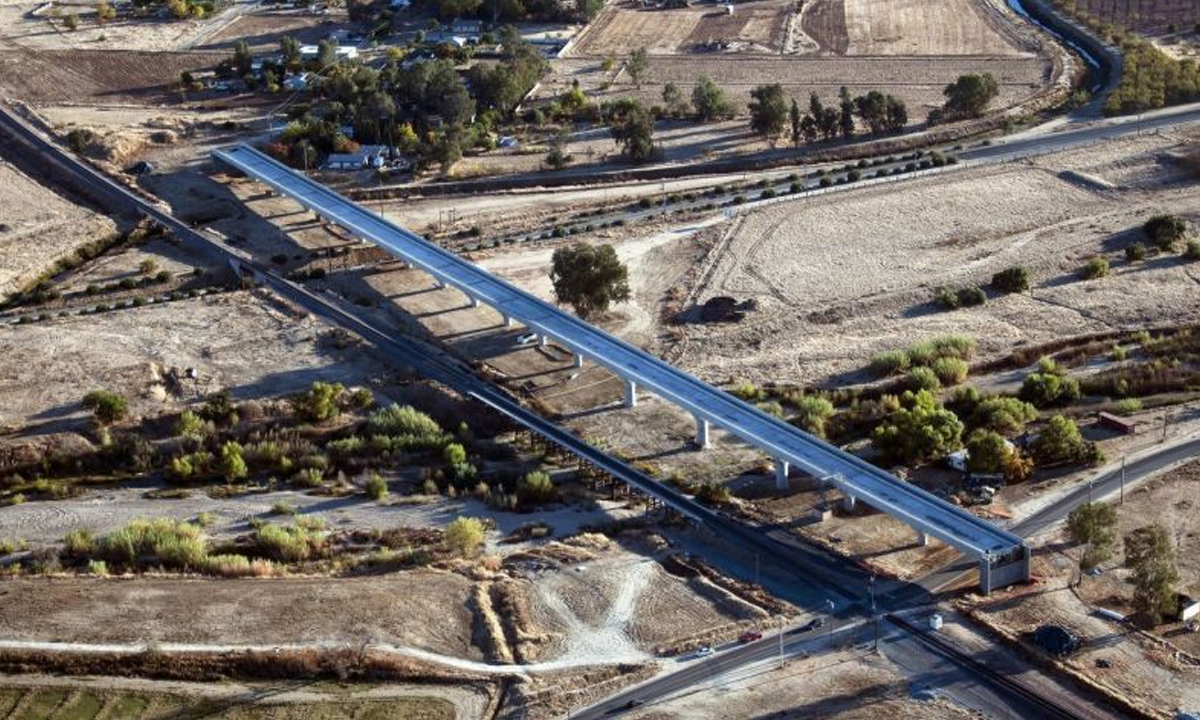Written by John Suhr
There are major problems with the SANDAG 2050 plan and it should be revised. It projects existing and old, often obsolete technology forward unchanged and is unduly costly. In 29 years there are bound to be major technological changes that should be taken advantage of. Artificial intelligence is apt to have made significant progress – significantly changing lifestyles. Much more work will be automated or robotized so we could have 24 hour work weeks, greatly reducing commuting. The pandemic has already increased work and schooling from home so we’re already accustomed to it and now commuting and rush hours should be greatly reduced by online technology.
We already have self-driving vehicle technology and it should be commonplace and greatly improved by 2050. Today’s transit technology is inefficient, expensive, and energy wasting. It uses large heavy vehicles that run from point to point rather than directly from trip origin to destination. And it stops and restarts the payload at each station, wasting time and energy. Self-driving taxis or private vehicles in contrast could pick up passengers at home or where they are and under central supercomputer control, take them by the best available route directly to their destination as expeditiously as possible. This saves time and energy and allows privacy and comfort transit cannot. This would likely be preferred by the public so should be adopted as the best investment, not transit which few ride now.
This technology would use existing roads and freeways so investment should be made there rather than in new light or high-speed rail transit. This would require land acquisition for a new right of way which would be extraordinarily expensive and disruptive and would probably face major community opposition. The alternative would be subways which would be even more expensive and still not go directly from trip origin to destination or with comfort and in the least time. Proposed high-speed rail could also compete with existing trolley and bus lines reducing their ridership. To be effective, high-speed rail should minimize stops and space them as far apart as possible so it doesn’t seem appropriate in urban settings.
The entire road system should be automated doubling capacities. This was successfully tested here years ago. Freeways would accommodate automated self-driving vehicle “trains” running bumper to bumper. They could be powered by wireless power transfer from coils in pavements to coils in vehicles – a technology that already exists. Under central automated control, traffic signals should be eliminated. Group of vehicles would be platooned into groups and the groups then interspersed at intersections. As many X-type intersections should also be eliminated to promote continuous traffic flow.
Current policies trying to force people out of their cars to reduce climate change are doomed to failure. As the Union-Tribune recently pointed out CO2 has recently set a record at 419 parts per million of the atmosphere. That’s only 0.0419% or about one part in 2500. Wild claims of crisis and emergency simply cannot be caused by such a minuscule quantity and should not affect transportation technology.
Advanced transportation technology is being developed at UCSD, Qualcomm, and others. It doesn’t appear SANDAG has taken advantage of these resources but any plan for 2050 certainly should.
Any plan today should be developed with full citizen participation which today can be done online. Alternatives can be developed and voted on by the public to be sure that the vast investment will meet with citizen satisfaction.
Photo via High Speed Rail Authority




